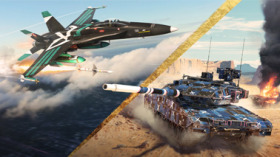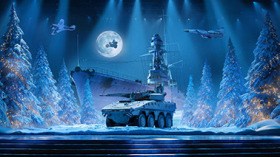
- For PC
- For MAC
- For Linux
- OS: Windows 10 (64 bit)
- Processor: Dual-Core 2.2 GHz
- Memory: 4GB
- Video Card: DirectX 11 level video card: AMD Radeon 77XX / NVIDIA GeForce GTX 660. The minimum supported resolution for the game is 720p.
- Network: Broadband Internet connection
- Hard Drive: 22.1 GB (Minimal client)
- OS: Windows 10/11 (64 bit)
- Processor: Intel Core i5 or Ryzen 5 3600 and better
- Memory: 16 GB and more
- Video Card: DirectX 11 level video card or higher and drivers: Nvidia GeForce 1060 and higher, Radeon RX 570 and higher
- Network: Broadband Internet connection
- Hard Drive: 62.2 GB (Full client)
- OS: Mac OS Big Sur 11.0 or newer
- Processor: Core i5, minimum 2.2GHz (Intel Xeon is not supported)
- Memory: 6 GB
- Video Card: Intel Iris Pro 5200 (Mac), or analog from AMD/Nvidia for Mac. Minimum supported resolution for the game is 720p with Metal support.
- Network: Broadband Internet connection
- Hard Drive: 22.1 GB (Minimal client)
- OS: Mac OS Big Sur 11.0 or newer
- Processor: Core i7 (Intel Xeon is not supported)
- Memory: 8 GB
- Video Card: Radeon Vega II or higher with Metal support.
- Network: Broadband Internet connection
- Hard Drive: 62.2 GB (Full client)
- OS: Most modern 64bit Linux distributions
- Processor: Dual-Core 2.4 GHz
- Memory: 4 GB
- Video Card: NVIDIA 660 with latest proprietary drivers (not older than 6 months) / similar AMD with latest proprietary drivers (not older than 6 months; the minimum supported resolution for the game is 720p) with Vulkan support.
- Network: Broadband Internet connection
- Hard Drive: 22.1 GB (Minimal client)
- OS: Ubuntu 20.04 64bit
- Processor: Intel Core i7
- Memory: 16 GB
- Video Card: NVIDIA 1060 with latest proprietary drivers (not older than 6 months) / similar AMD (Radeon RX 570) with latest proprietary drivers (not older than 6 months) with Vulkan support.
- Network: Broadband Internet connection
- Hard Drive: 62.2 GB (Full client)
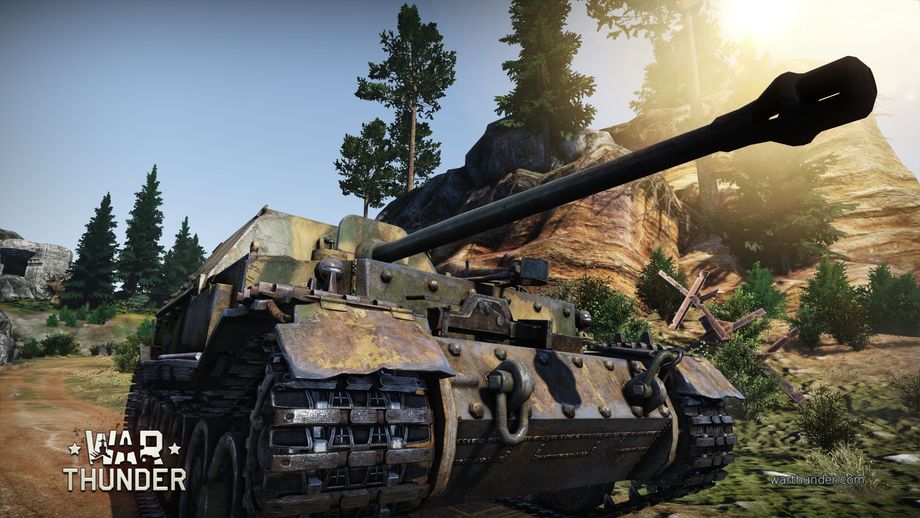
In remembrance of Ferdinand Porsche's birthday
From 15.00 GMT on September 3 to 15.00 GMT on September 4
40% discount on Panzerjäger Tiger (P) 'Ferdinand'
The Designer: Ferdinand Porsche
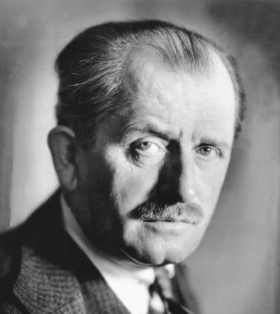 |
Ferdinand Porsche, born 139 years ago on the 3rd of September 1875 in the small town of Maffersdorf, Bohemia, was a pioneer of automobile engineering and founder of what would later become the Ferdinand Porsche AG. In mid 1943, almost 68 years later, Porsche’s design for a heavy tank destroyer based on his previous but unsuccessful concept for Germany’s Tiger tank was delivered to the Wehrmacht, called Panzerjäger Tiger (P) ‘Ferdinand’ in his honor.
As early as in his youth it became obvious that Porsche had a great talent for engineering and mechanics. While an apprentice in his fathers installation company, he spent additional time educating himself and also visited courses of the University in Vienna, but never officially attended to any higher education program.
From the early beginning of his career, Porsche invented technical appliances especially regarding motorization. While working for Austro-Daimler, he secured additional funding for his research and developed aircraft and vehicle engines.
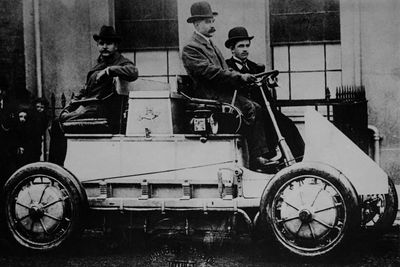 |
During the First World War, he was pioneering in hybrid engine technology, developing a gasoline-electric engine for trains and advanced to the position of general manager for Austro-Daimler.
After the war, he moved to Germany to work for Daimler in Stuttgart, where he later founded what would eventually become the Ferdinand Porsche AG. After the National Socialists rose to power in Germany, he accepted German citizenship.
During the Second World War, Porsche designed and manufactured vehicles for the Wehrmacht, including the Panzerjäger Tiger (P), called ‘Ferdinand’. In 1951, after securing the post-war existence of his company, Porsche died at the age of 76 in his home in Stuttgart.
The Vehicle: Panzerjäger Tiger (P) 'Ferdinand'
In 1941, the German government requested a new heavy tank for the Wehrmacht, and Porsche started the development of his concept for the future Tiger tank. The design was based his on previous developments and experiences but still very unconventional, as it featured the turret being placed on the front of the hull, with a gasoline-electric hybrid engine powering both turret and tracks.
A low off-road range of only 50 kilometers, technical problems and other factors resulted in his concept being dropped in favor of the Henschel design, just after Porsche already ordered up to 100 chassis for production, being sure that his design would be accepted.
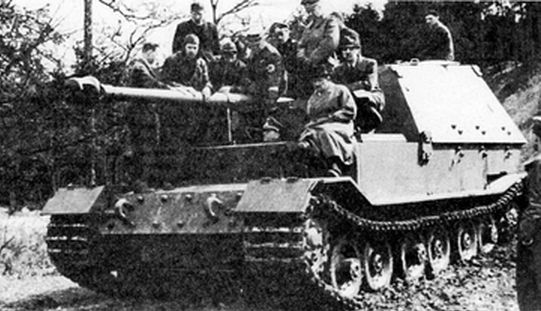 |
In 1943, the German Army was in need of a heavy tank destroyer, and porsche used his Tiger (P) - P for Porsche - chassis as basis for the development of the later designated Panzerjäger Tiger (P). Unlike the original Tiger (P), the superstructure of Porsche’s tank destroyer was now located in the back, giving room and foothold for the long 88 mm Sturmkanone 43/1 L/71. Hitler, viewing Porsche as his favourite engineer, gave the new Panzerjäger Tiger (P) the official byname of ‘Ferdinand’. In total, around 90 vehicles were ordered for production.
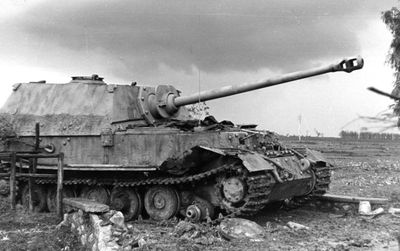 |
Being rushed to combat near Kursk without extensive testing, the 200 mm of frontal armor provided sufficient protection against enemy tank and artillery fire, but the vehicle was suffering from the same technical problems that were already experienced with the Tiger (P). In the right conditions and used for defense, a single vehicle was very capable of defeating a dozen enemy tanks due to its excellent gun and armor, but not only the mechanical problems took their toll.
Since the Ferdinand was not equipped with any machine gun whatsoever, it was almost impossible for the crew to defend itself against enemy infantry in close combat. This resulted in many vehicles being lost not only to technical issues, but also due to the fact that the Ferdinand was not able to adapt to quick changes in battle situations.
In late 1943, the remaining Ferdinands were converted into the Elefant, which now, in addition to other changes, was also equipped with a defensive machine gun. Vehicles of this kind continued to serve in the Wehrmacht until the end of the war.
The War Thunder Team


